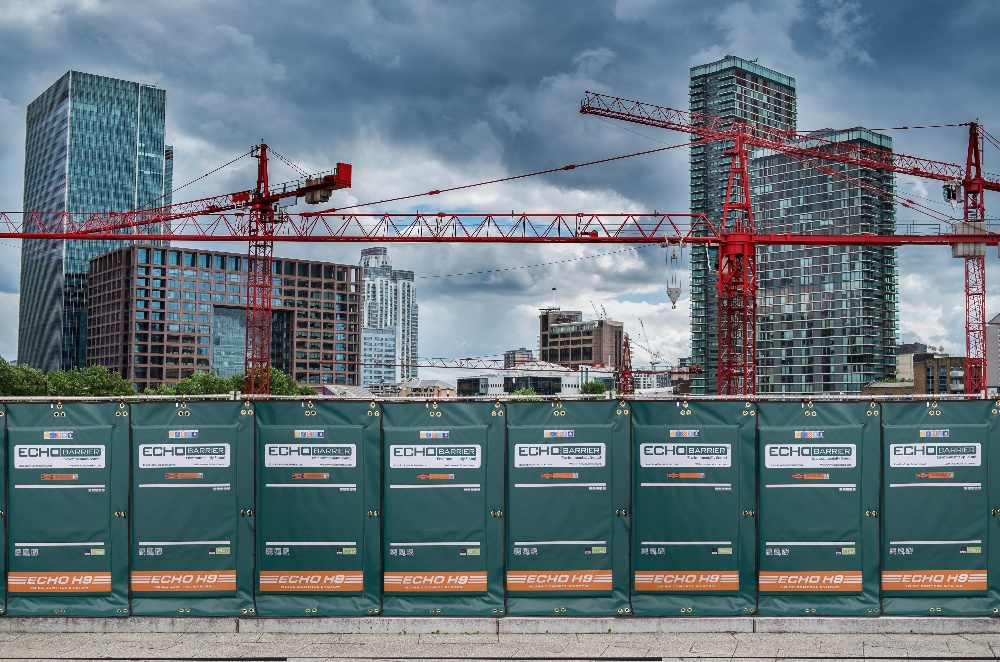
After an unsettling and uncertain 2020 due to the outbreak of the Coronavirus, the construction industry began to bounce back in 2021, even though tremendous challenges still exist.
Despite a year of stricter regulations, a depleted supply chain, and increased material prices, the construction sector has experienced an upward climb in terms of job growth, new residential builds, and infrastructure. According to a report by GlobalData, the construction industry is expected to grow by 3.2 percent in 2022.
In addition to big technology like 3D printing, modular construction, and the rise of smart, connected cities, there are several key trends to watch out for in the construction industry in 2022.
1. Updated Safety Measures on Construction Sites
Face masks have been used on construction sites for decades, so COVID-19 hasn’t had much of an impact for construction workers in that regard. However, the pandemic has increased awareness and inspired stricter workplace cleanliness guidelines, physical distancing, and of course, regular onsite testing for workers.
In addition, more advanced safety-related technologies have become more commonplace on busy job sites. Some sites use environmental sensors that can detect wind, heat, and even excessive noise in efforts to protect construction workers and residents in surrounding areas.
2. Use of More Rented and Used Equipment
The rising cost of materials combined with chaotic supply chain issues have forced construction sites to increase their interest in using rented and/or used equipment. This also allows companies to stay on pace with technological advancements as well as saving significant costs that come with buying new equipment.
Renting equipment has the added advantage of allowing jobsites to ensure that they have the right equipment for the job before making a heavy investment.
3. A More Creative Use of Materials
Environmental sustainability continues to be on the minds of contractors, and this will become even more important in 2022. To reduce overall costs and improve profitability, contractors are looking for more cost-effective materials—including the use of recycled materials, engineered cementitious composites, flexible concrete, transparent aluminum, and 3D-printed materials. Prefabrication of assemblies and modularization are also contributing to a reduction in material and shipping costs.
4. Declining Workforce
The labor shortage has been a problem for decades throughout a myriad of industries, and while the construction industry has seen an increase in job openings, the percentage of new hires is on a downward spiral. Competition is heavy for skilled labor, so contractors are improving benefits, increasing wages, and enhancing training in order to find and retain higher quality workers.
5. Digitalization on Construction Jobsites
The fourth industrial revolution is upon us, and digital technologies continue to be relevant for the construction industry. Cloud-based construction software can improve real-time communication, workflow, and document tracking. These types of technology can connect jobsites and teams in efficient ways.
As we enter 2022, Echo Barrier is committed to staying on top of these and other construction industry trends. Its highly sophisticated noise-reducing acoustic barriers contribute to the efforts to reduce excessive noise pollution on construction jobsites, while advanced products like the Cutting Station enclosures keep jobsites quieter, cleaner, and safer for workers.
